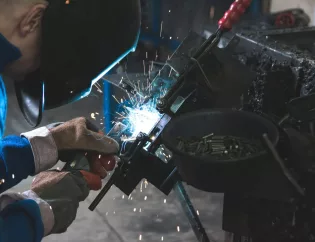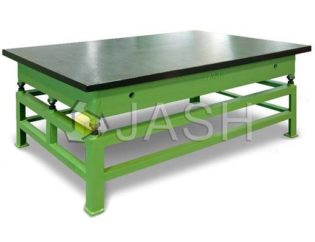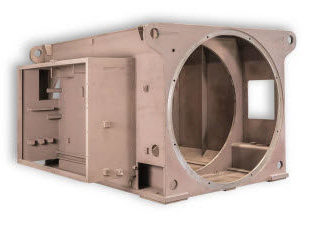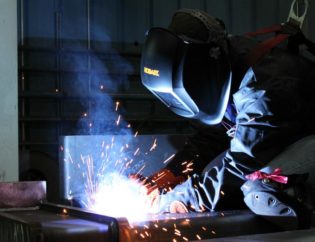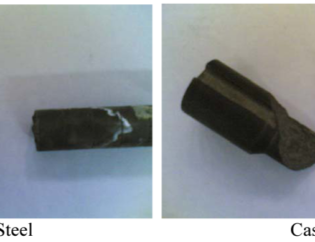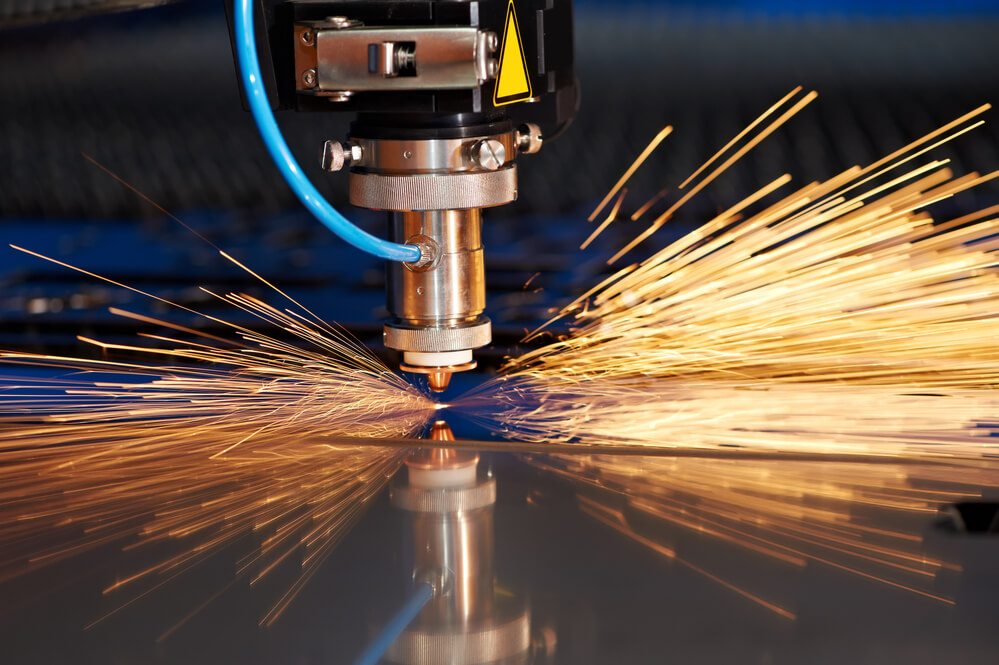
One of the tools to achieve the specific improvements can be achieved by adopting the “Lean Manufacturing concept”.
The Lean principles shall be used from the concept to the deliverable by focusing on the reduction in the waste and improving value.
Lean address value addition, by eliminating all types of process wastages mainly termed as TIMWOOD.
● Transport (unnecessary movement of in process or finished product)
● Inventory (Raw material, In-process components, Finished Goods)
● Motion (Person or Material unnecessary movement)
● Waiting (Queuing at one station, stoppages of processes, shift changes)
● Over-Production (Produce more than required)
● Over-Processing (unnecessary stringent tolerancing, wrong use of tool)
● Defects (non-conformance to the requirement, inspection)
There are following Lean tools which can be adopted depending upon the type of Industry and the associated type waste & also varies from case to case depending on the requirement of the process to be monitored.
1. PDCA Cycle
2. Visual management
3. 5S System
4. Kaizen
5. Poka-yoke
6. Standardised work
7. Kanban, supermarkets, cellular layout,
8. One-piece flow
9. Continuous improvement
10. Total Productivity maintenance
11. Value Stream Mapping(VSM)
We shall look at the methodology of the PDCA cycle now.
PDCA CYCLE
PDCA requires supportive management that allows for visible current production status and compel countermeasures or improvements.
PDCA also requires solid visual management, because visual systems such as report boards and line-side process reviews create a shared understanding of the production performance data with everyone involved with the production of products.
Modern Tools & Techniques – A systematic approach towards Excellence
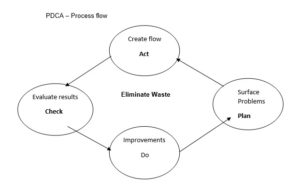
The short description of PDCA cycle is given below.
Plan: Plan after seeking Opportunity
Do: Planned process execution
Check: Data collection of executed process, analyse for benefits
Act: If planned and processed changes give the desired result then do a horizontal deployment.
And if did not get the desired result then do start again from the first step, i.e., “Plan”.
So, continuous improvement is an ongoing and never-ending process. It measures only the achievements gained from the application of one process over the existing one.
Next time in the subsequent blog, we shall focus on other Lean manufacturing tools.
